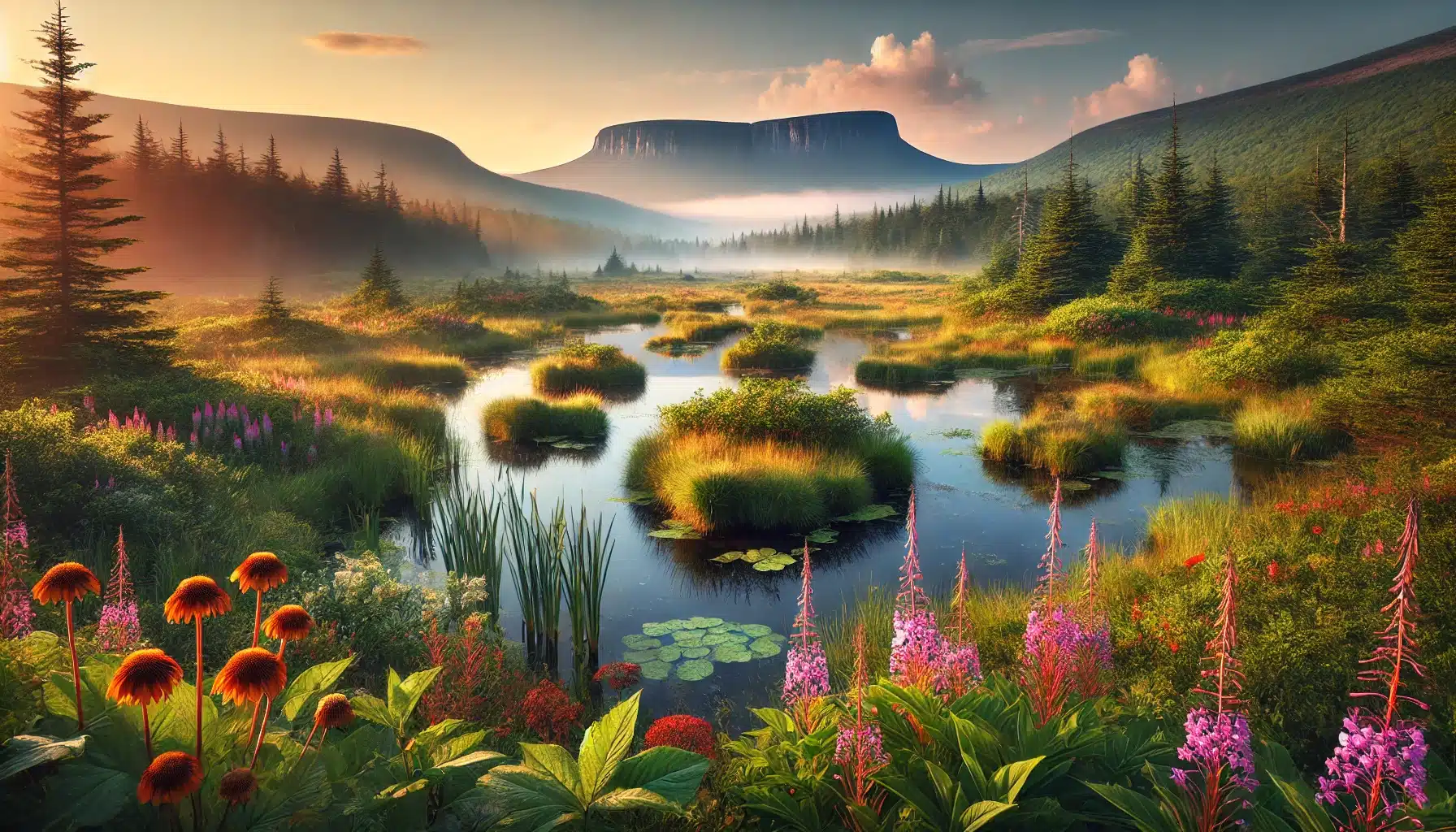The following blog post is a summary of the report Wetlands in Peril by Stacy Woods, published on December 4, 2024, in Union of Concerned Scientists. To read the report online and access a downloadable copy, click here.

The report Wetlands in Peril examines the ongoing destruction of wetlands in the Upper Midwest due to industrial agriculture and weakened federal protections. Wetlands provide essential environmental benefits, including flood mitigation, biodiversity support, and water purification, yet recent changes to the Clean Water Act in 2023 have left them increasingly vulnerable. The Upper Midwest contains over 30 million acres of wetlands, which provide nearly $23 billion annually in flood mitigation benefits. If preserved, these wetlands could prevent between $323 billion and $754 billion in long-term flood damages. The report underscores the urgency of protecting these ecosystems, particularly for marginalized communities that face disproportionate flooding risks.
Wetlands are critical for maintaining ecological balance and supporting biodiversity. They provide habitats for 40 percent of the world’s plant and animal species, including many endangered ones. Additionally, wetlands play a significant role in supporting the U.S. commercial seafood industry and offer recreational opportunities such as fishing and bird-watching. Beyond their ecological value, wetlands act as natural pollution filters by trapping sediments and chemicals from agricultural runoff, preventing toxic buildup in water bodies. In the Upper Midwest, where large-scale farming dominates, this filtration is essential for maintaining water quality and preventing dead zones in aquatic ecosystems.
The report highlights industrial agriculture as the primary driver of wetland destruction. Expanding farmland often leads to wetland drainage and pollution from pesticides and fertilizers, significantly impairing water quality and reducing flood protection. Since 1780, the U.S. has lost half of its wetlands, with agriculture being the leading cause of this decline. The Prairie Pothole Region, which spans parts of the Upper Midwest, has experienced a 95 percent loss of wetlands due to agricultural expansion. This loss not only increases flood risks but also releases stored carbon into the atmosphere, exacerbating climate change.
The loss of wetlands has severe economic and environmental justice consequences. Flooding is becoming more frequent and severe due to climate change, and wetlands serve as natural barriers against these disasters. Marginalized communities, particularly in states like Michigan, suffer the most from wetland loss due to historical inequities in housing policies and disaster recovery efforts. The financial burden of flood damages and rising insurance costs disproportionately affects low-income households, making wetland conservation an essential tool for social and environmental resilience. Indigenous communities have led conservation efforts by restoring wetland habitats, showcasing successful models of ecological stewardship.
The report calls for urgent policy reforms in the upcoming farm bill to enhance wetland protections. Recommendations include restoring the Conservation Reserve Program’s original 45-million-acre cap, increasing funding for wetland conservation programs, and linking crop insurance subsidies to sustainable farming practices. The report also emphasizes the need for greater equity in conservation funding, ensuring that historically underserved farmers receive adequate resources. By implementing these measures, policymakers can safeguard wetlands from further destruction, reinforcing their role in flood mitigation, water purification, and climate change resilience.













